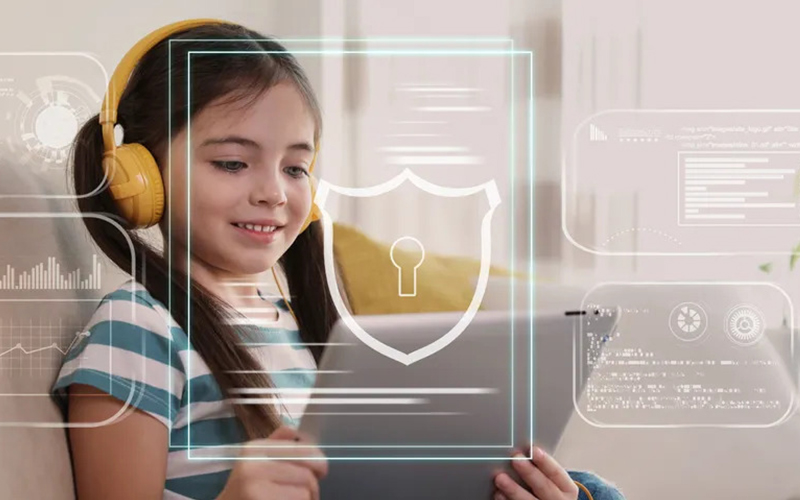Ensuring Tomorrow's Safety: Empowering Child Protective Habits

Child safety behavior refers to the actions and precautions taken to ensure the well-being and protection of children from potential hazards, accidents, and harm. It encompasses a wide range of practices and habits that contribute to creating a safe environment for children to grow, learn, and play.
Here are some key aspects of child safety behavior:
Supervision: Adequate supervision is crucial for child safety. Adults, caregivers, and parents should keep a close eye on children, especially in situations where there may be potential risks.
Stranger Danger: Teaching children about the concept of "stranger danger" involves helping them understand whom to trust and not trust. Encourage children to be cautious around unfamiliar adults and to seek help if they feel uncomfortable or threatened.
Traffic Safety: Educate children about road safety, including looking both ways before crossing the street, using crosswalks, and understanding traffic signals. Encourage them to wear helmets while cycling or using other wheeled toys.
Water Safety: Whether around pools, lakes, or other bodies of water, it's crucial to teach children about water safety. This includes swimming lessons, the importance of life jackets, and the dangers of unsupervised water play.
Fire Safety: Teach children about the dangers of fire and the importance of fire safety practices. This includes not playing with matches or lighters and having a fire escape plan in case of emergencies.
Fire Safety: Teach children about the dangers of fire and the importance of fire safety practices. This includes not playing with matches or lighters and having a fire escape plan in case of emergencies.
Poison Prevention: Keep potentially harmful substances, such as cleaning products and medications, out of reach of children. Educate them about the dangers of ingesting unknown substances and the importance of checking with an adult before consuming anything.
Personal Space and Boundaries: Teach children about the concept of personal space and boundaries. Help them understand the difference between appropriate and inappropriate touching and empower them to speak up if they feel uncomfortable.
Internet Safety: As children become more connected online, it's essential to teach them about internet safety. This includes the importance of not sharing personal information, being cautious about online interactions, and understanding the potential risks of certain online activities.
Emergency Preparedness: Teach children what to do in case of emergencies, including how to dial emergency services and basic first aid practices.
Remember that consistent communication, education, and positive reinforcement are key components of promoting and reinforcing child safety behavior. Parents, caregivers, and educators play a crucial role in instilling these habits and ensuring a safe environment for children to thrive







